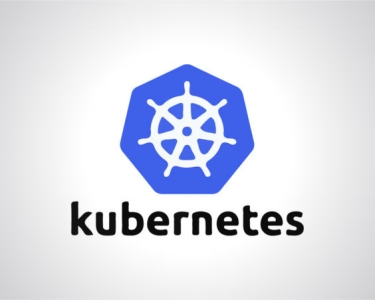📅 Published: July 16, 2025 | By Paksoft.net Editorial Team
In a major move that redefines the AI cloud landscape, OpenAI has officially partnered with Google Cloud, joining its existing infrastructure providers—Microsoft Azure, Oracle, and CoreWeave. This partnership marks a strategic shift in how OpenAI handles its ever-growing compute needs across the globe.
🔍 Why This Partnership Matters
1. Breaking Azure’s Monopoly
From 2019 to early 2025, Microsoft Azure was the exclusive host of OpenAI’s infrastructure. That changed in mid-2025 when OpenAI began to seek additional cloud support, signaling the end of Azure’s exclusive hold.
2. Addressing Massive Compute Demand
OpenAI’s models like ChatGPT, DALL·E, and the upcoming GPT-5 require immense computing resources. Google Cloud brings to the table its Tensor Processing Units (TPUs), adding more diversity and power to OpenAI’s processing capacity.
OpenAI has also signed large-scale deals with Oracle and CoreWeave, each contributing specialized GPU clusters and high-performance cloud infrastructure.
🌐 Embracing a Multi-Cloud Strategy
OpenAI’s cloud infrastructure now includes four major providers:
- Microsoft Azure – Long-standing partner and host of OpenAI APIs and enterprise services.
- Oracle Cloud Infrastructure – Key GPU partner in the Stargate initiative.
- CoreWeave – High-performance GPU cloud with a focus on AI and rendering.
- Google Cloud – New partner, contributing TPUs and global data center reach.
This multi-cloud approach offers redundancy, flexibility, cost optimization, and improved global performance for AI deployments.
📈 Strategic Benefits of This Move
✔️ Resilience
If one cloud provider faces issues, workloads can shift to others, ensuring uninterrupted service.
✔️ Cost Control
OpenAI can compare performance and pricing across providers and optimize spending accordingly.
✔️ Global Reach
With Google Cloud and Oracle expanding in Europe and Asia, OpenAI can serve users faster worldwide.
✔️ Vendor Leverage
Using multiple providers gives OpenAI stronger negotiation power and helps avoid vendor lock-in.
⏳ Timeline of Key Developments
- 2019–2024: OpenAI relies exclusively on Microsoft Azure.
- June 2024: Announces $500B Stargate initiative with Oracle and SoftBank.
- Early 2025: Signs deals with CoreWeave for GPU capacity.
- May 2025: Finalizes agreement with Google Cloud and begins using TPUs.
🔮 What’s Next for OpenAI Infrastructure?

With this multi-cloud setup, OpenAI is preparing for:
- The release of GPT-5 and other large models.
- Real-time AI services with global deployment.
- Cost-efficient AI inference and training.
- High-availability systems that scale on demand.
Google Cloud’s entry is also a big win for Google. It demonstrates its ability to support enterprise-grade AI workloads and validates its investment in TPUs and AI-ready infrastructure.
🏁 Final Thoughts
The addition of Google Cloud to OpenAI’s infrastructure is not just a technical shift—it’s a strategic leap. It diversifies risk, ensures better performance, and reinforces OpenAI’s position as a global AI powerhouse.
As AI continues to shape industries, OpenAI’s decision to go multi-cloud puts it in a stronger position to lead with innovation, reliability, and global scale.
🔗 Sources & References
- Reuters – OpenAI lists Google Cloud as Partner
- WSJ – OpenAI’s Stargate Initiative
- Datacenters.com – CoreWeave + OpenAI
For more news on cloud computing, AI infrastructure, and IT tutorials, visit Paksoft.net and subscribe to our YouTube channel @Paksoft360.
Tags: OpenAI, Google Cloud, Microsoft Azure, Cloud Computing, Artificial Intelligence, Multi-Cloud, Paksoft360





